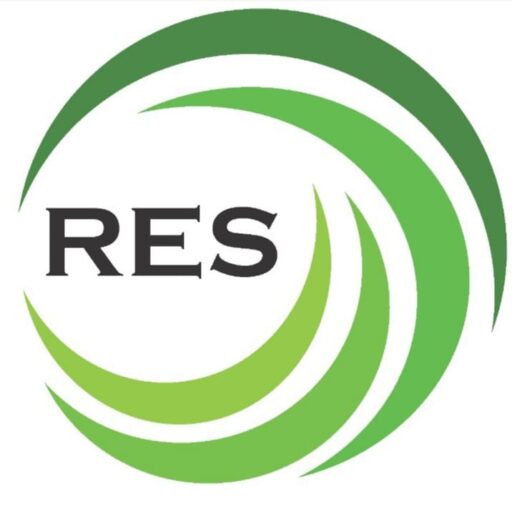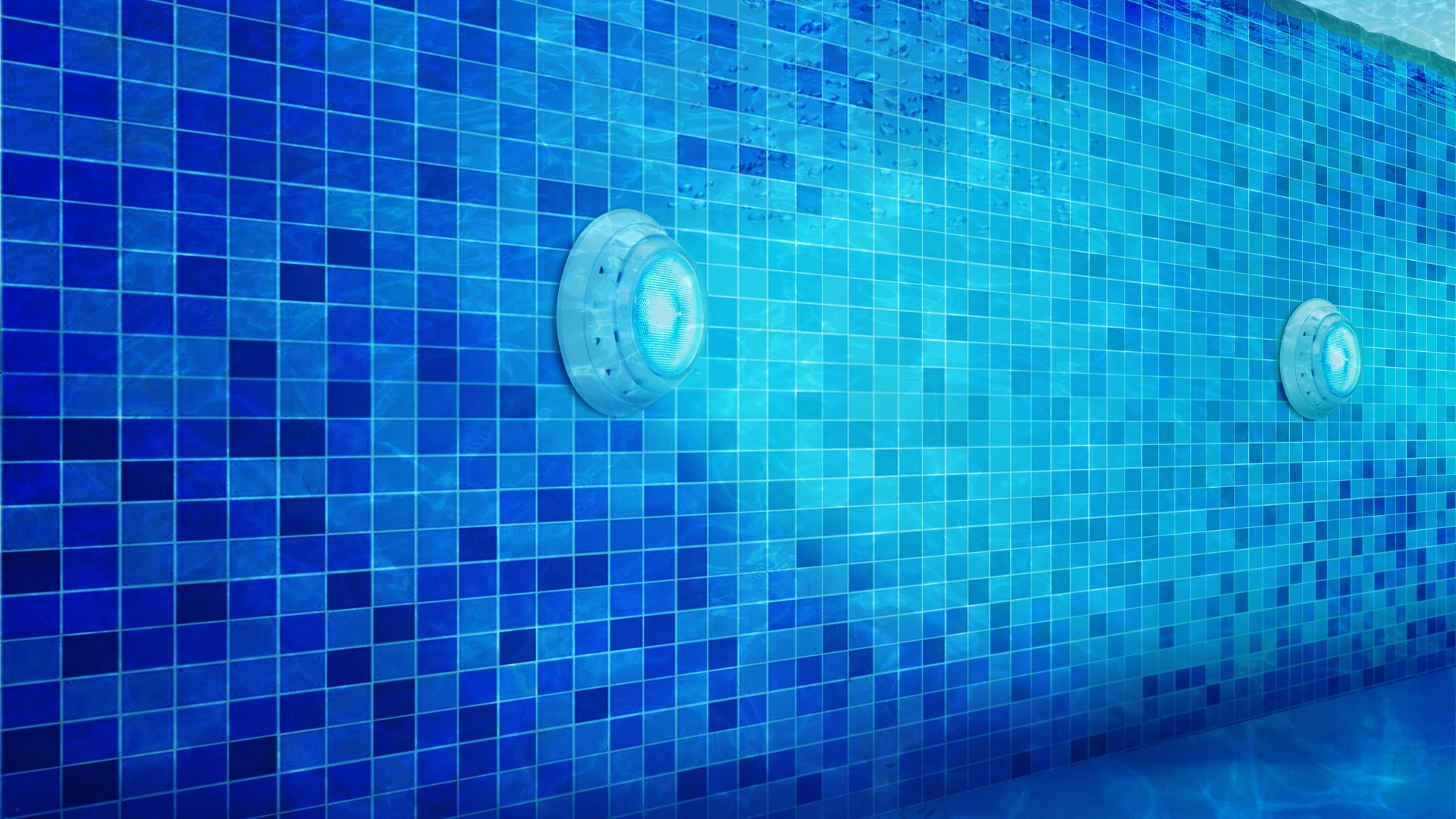Benefits of Professional LED Underwater Light Installation
In the realm of modern aquatic environments, professional LED underwater light installation stands out as a transformative upgrade for pools, ponds, marinas, and marine applications. Whether enhancing the ambiance of a residential swimming pool or illuminating commercial waterfronts, these systems offer a blend of efficiency, durability, and visual appeal that traditional lighting simply can’t match. As an underwater lighting installation company in India, experts emphasize how LED technology reduces energy consumption while providing brighter, more reliable illumination. This not only elevates safety during nighttime activities but also contributes to sustainable practices in water-based settings. From improved visibility to long-term cost savings, the advantages are compelling for homeowners, businesses, and marine enthusiasts alike. Dive deeper to discover why opting for professional services ensures optimal performance and longevity in your underwater lighting setup.
India’s growing interest in advanced aquatic illumination reflects a shift toward eco-friendly solutions that align with global sustainability goals. Companies like Renewable Energy Solutions are at the forefront, specializing in tailored installations that integrate seamlessly with local environments. Their expertise ensures that every project, from backyard pools to coastal docks, benefits from cutting-edge LED technology designed for humid and saline conditions prevalent in the country.
When selecting an underwater lighting installation company in India, factors such as experience in handling diverse water bodies and adherence to safety standards become crucial. Renewable Energy Solutions, for instance, combines innovative designs with a commitment to quality, making them a preferred choice for projects requiring precision and reliability. This approach not only enhances the aesthetic value but also guarantees installations that withstand India’s varied climatic challenges.
Understanding LED Underwater Lighting
LED underwater lights represent a significant advancement in submersible illumination technology. These fixtures use light-emitting diodes to produce bright, focused light while being fully sealed against water ingress. Unlike older halogen or incandescent options, LEDs are compact, versatile, and adaptable to various depths and applications, including swimming pools, fountains, aquariums, and boat hulls.
Key Components of LED Systems
Modern LED underwater lights typically include:
- Waterproof Housing: Constructed from corrosion-resistant materials like stainless steel or high-grade plastics to endure prolonged submersion.
- LED Modules: Arrays of diodes that emit light in multiple colors, often with RGB capabilities for dynamic effects.
- Power Supplies: Low-voltage transformers that ensure safe operation and energy efficiency.
- Control Systems: Smart interfaces allowing remote adjustments via apps or timers for customized lighting scenarios.
These elements work together to provide consistent performance in challenging underwater conditions.
Evolution from Traditional Lighting
Historically, underwater illumination relied on halogen bulbs, which generated excessive heat and required frequent replacements. LEDs have revolutionized this by offering cooler operation and extended lifespans, reducing maintenance needs significantly.
Energy Efficiency Advantages
One of the primary benefits of professional LED underwater light installation is the remarkable energy efficiency these systems deliver. LEDs convert a higher percentage of electricity into visible light compared to traditional alternatives, minimizing waste as heat.
According to industry data, residential LEDs use at least 75% less energy than incandescent lighting. In underwater contexts, this translates to substantial savings for pool owners and marina operators. For instance, switching to LEDs can achieve 80-90% energy savings over incandescent bulbs and 50-60% over fluorescent ones.
Real-World Savings Statistics
Consider the following table highlighting energy consumption comparisons:
| Lighting Type | Average Wattage (per bulb) | Annual Energy Use (10 hours/day) | Estimated Savings with LED (%) |
|---|---|---|---|
| Incandescent | 100W | 365 kWh | 80-90% |
| Halogen | 50W | 182.5 kWh | 50-70% |
| Fluorescent | 40W | 146 kWh | 50-60% |
| LED | 10W | 36.5 kWh | Baseline |
This data underscores how LEDs drastically cut down on power usage, especially in continuous applications like pond lighting or marine navigation aids. In India, where electricity demands are rising, such efficiencies support national goals for reduced carbon footprints.
Long-Term Environmental Benefits
Beyond immediate savings, LEDs contribute to lower greenhouse gas emissions. Widespread adoption could save the equivalent of 44 large power plants’ annual output by 2027. For underwater setups, this means less strain on local power grids, particularly in coastal regions prone to energy fluctuations.
Enhanced Durability and Longevity
Professional installation of LED underwater lights ensures fixtures that last far longer than conventional options. LEDs boast lifespans up to 25 times that of incandescent bulbs, often exceeding 50,000 hours of operation.
Factors Contributing to Durability
- Resistance to Corrosion: Sealed designs protect against saltwater and chemicals common in pools.
- Vibration Tolerance: Ideal for marine environments where waves and currents are constant.
- Thermal Management: Low heat output prevents degradation in enclosed underwater housings.
In humid Indian climates, these features are invaluable, reducing the frequency of replacements and associated disruptions.
Comparison with Halogen Lights
Halogen underwater lights, while bright, suffer from shorter lifespans (typically 2,000-5,000 hours) and higher heat generation, which can lead to housing failures. LEDs, conversely, operate cooler and more efficiently, extending system reliability.
Here’s a comparative table:
| Aspect | LED Underwater Lights | Halogen Underwater Lights |
|---|---|---|
| Lifespan | 50,000+ hours | 2,000-5,000 hours |
| Heat Output | Low | High |
| Energy Efficiency | 80% less than halogen | Baseline |
| Maintenance Needs | Minimal | Frequent |
This durability not only saves time but also aligns with sustainable practices by minimizing waste.
Safety Improvements Through Better Visibility
Safety is paramount in aquatic settings, and professional LED underwater light installation plays a critical role in preventing accidents. Enhanced illumination reveals hazards like uneven pool bottoms or submerged debris, making nighttime use safer for swimmers and boaters.
Key Safety Benefits
- Improved Depth Perception: Bright, even lighting helps users gauge water depths accurately.
- Hazard Detection: Illuminates steps, edges, and obstacles in pools or docks.
- Emergency Response: Facilitates quicker identification during incidents.
Studies show that proper underwater lighting can reduce collision risks in marine environments, where dark waters hide dangers. For families with children or elderly members, this added visibility is invaluable.
Installation Best Practices for Safety
Experts recommend low-voltage systems (12-24V) to minimize electrical risks, with grounding and GFCI protection as standard. Professional services ensure compliance with IP68 waterproof ratings, preventing short circuits.
Aesthetic and Functional Enhancements
LED underwater lights transform ordinary water features into stunning visual spectacles. With options for color-changing effects, they allow customization for events or moods, from serene blues to vibrant reds.
Applications in Various Settings
- Residential Pools: Create inviting atmospheres for evening gatherings.
- Commercial Fountains: Highlight architectural elements for public appeal.
- Marine Docks: Attract fish while enhancing boat aesthetics.
In India, where cultural festivals often involve water elements, such lighting adds a festive touch without compromising functionality.
Market Growth Insights
The underwater lighting market in India is expanding rapidly, with the overall lighting sector projected to grow at a CAGR of 7.1% from 2025 to 2032, reaching nearly USD 7,674 million. Specifically, the Indian underwater lighting segment is valued at USD 8.32 million in 2025, driven by marine and tourism sectors.
| Year | Global Underwater Lighting Market (USD Million) | India-Specific Growth (CAGR) |
|---|---|---|
| 2024 | 346.5 | – |
| 2025 | ~365 | 4.02% (global influence) |
| 2033 | 503 | 7.1% (lighting market) |
This growth reflects increasing demand for efficient, aesthetic solutions.
Environmental Impact and Sustainability
Choosing LED underwater lights supports environmental stewardship. These fixtures are mercury-free and recyclable, reducing toxic waste compared to older technologies.
Reducing Carbon Footprint
By consuming up to 80% less energy, LEDs lower overall emissions from power generation. In marine applications, they minimize heat pollution in water, preserving ecosystems.
Eco-Friendly Features
- No harmful gases or fragile components that could contaminate water.
- Longer lifespans mean fewer discarded bulbs entering landfills.
- Compatibility with solar power for off-grid installations.
For an underwater lighting installation company in India like Renewable Energy Solutions, emphasizing these aspects builds trust and aligns with national renewable energy initiatives.
Why Choose Professional Installation?
DIY attempts often lead to suboptimal results or safety issues. Professional services from an established underwater lighting installation company in India ensure precise placement, wiring, and sealing.
Benefits of Expert Services
- Customized Designs: Tailored to specific water chemistry and depth.
- Compliance Assurance: Meets electrical and waterproofing standards.
- Warranty Protection: Covers both products and labor.
Renewable Energy Solutions exemplifies this by offering end-to-end services, from site assessment to post-installation support, ensuring seamless integration.
Steps in Professional Installation
- Site Evaluation: Assess water conditions and electrical access.
- Fixture Selection: Choose appropriate LEDs based on application.
- Secure Mounting: Use specialized tools for underwater fixing.
- Testing and Adjustment: Verify functionality and safety.
This methodical approach maximizes benefits while minimizing risks.
Maintenance and Longevity Tips
To sustain the advantages of your LED underwater light system, regular maintenance is key. Professionals recommend annual inspections to check seals and connections.
Essential Maintenance Practices
- Clean lenses quarterly to remove algae or mineral buildup.
- Monitor voltage to prevent fluctuations that could shorten lifespan.
- Replace seals if signs of wear appear, especially in saline environments.
With proper care, systems installed by experts can operate efficiently for decades.
Common Issues and Solutions
| Issue | Cause | Solution |
|---|---|---|
| Dimming Lights | Voltage Drop | Check wiring and upgrade if needed |
| Water Ingress | Seal Failure | Professional resealing |
| Color Inconsistency | LED Degradation | Replace modules |
| Overheating | Poor Ventilation | Ensure proper housing design |
Addressing these promptly preserves performance.
Case Studies and Real-World Applications
In India, numerous projects highlight the transformative power of professional LED installations. For example, coastal resorts have reported 60% energy reductions after upgrading to LEDs, enhancing guest experiences while cutting operational impacts.
Marine operators note improved fish attraction and navigation safety, with lights drawing less power from boat batteries. These examples demonstrate practical value across sectors.
Future Trends in Underwater Lighting
Looking ahead, innovations like smart LEDs with IoT integration will allow voice-controlled adjustments and energy monitoring. In India, the push toward sustainable marine infrastructure will drive further adoption.
The market’s projected growth to USD 503 million globally by 2033 underscores this momentum. For users, this means more accessible, advanced options from companies like Renewable Energy Solutions.
Conclusion
Embracing professional LED underwater light installation unlocks a host of benefits, from energy savings and enhanced safety to stunning aesthetics and environmental responsibility. As an underwater lighting installation company in India, providers like Renewable Energy Solutions offer the expertise needed to realize these advantages fully. By prioritizing quality and innovation, you invest in a brighter, more sustainable future for your aquatic spaces. Whether for home, business, or marine use, the shift to LEDs is a step toward efficiency and elegance that pays dividends over time.







Comments are closed